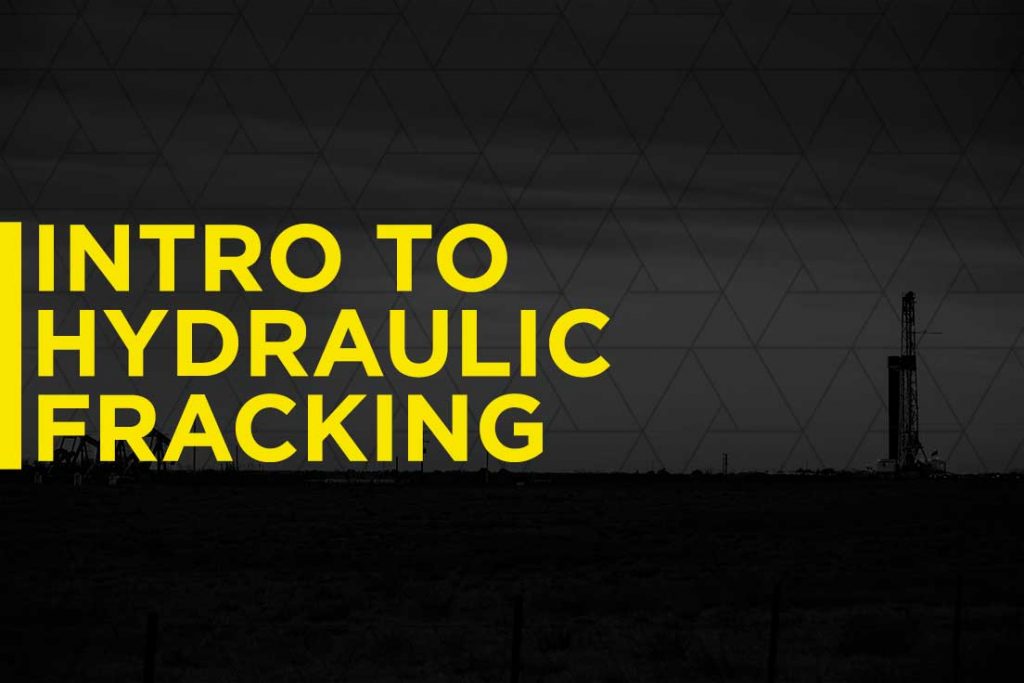Introduction to Hydraulic Fracturing

When it comes to well stimulation services, hydraulic fracturing is one of the most popular methods. There are other methods too such as acidizing and explosives. They are not as efficient as hydraulic fracturing. It has been practicing since 1940. Even after lots of negative reactions to hydraulic fracturing, it is still popular in almost all parts of the world to extract oil or gas. In America, 50% of the petroleum companies like to go with hydraulic fracturing for extracting shale gas, coalbed methane, tight sand gas, and crude oil.
JJTAMEZ is a leading chemical plant in Texas. We are supplying chemicals to petroleum companies to make their fracking process successful. Our chemicals are tested for quality on various parameters. We have a well equipped chemical lab to produce well-tested chemicals.
What & Why Is Hydraulic Fracturing Done?
Hydraulic fracturing is also known as fracking. It is one of the most effective techniques for recovering unconventional oil and gas resources. In this well stimulation technique, a high-pressure fluid is injected into a reservoir to fracture hydrocarbon-bear rocks. Thus, it increases the flow of oil or gas.
Fracking fluid is a composition of water, sand, and chemical. Fine-grated silica sand and special chemicals are injected into the well with water at high pressure. It causes a fracture in the rock. Sand sits on those fractures and allows gas or oil to pass from it. Thus, it increases the flow of oil or gas. The unconventional drilling techniques are needed to achieve target production volumes. It is an enhanced oil recovery technique or EOR.
Depth of Hydraulic Fracturing
Natural gas or crude oil extraction takes place at great depths. A typical hydraulic fracturing well depth can be 7000 to 10,000 feet in the earth. At a certain depth, the well extends into the horizontal position which is known as the kick-off point. It is necessary to practice hydraulic fractures at enough depth so that the water body doesn’t spoil.
Process of Hydraulic Fracture
There are several processes of hydraulic fractures.
- The foremost step is drilling and completions. In this process, a well is drilled
- The second step is perforation that is made at a suitable depth. It is also known as pay zones.
- At the last step, fracking fluid is injected into the reservoir at a high pressure to create fissures in the rocks to release the production of oil or gas.
